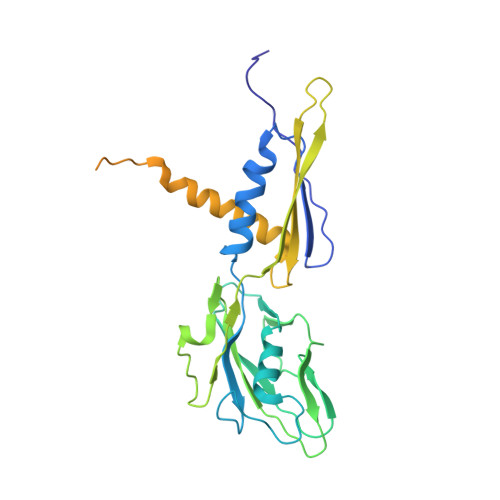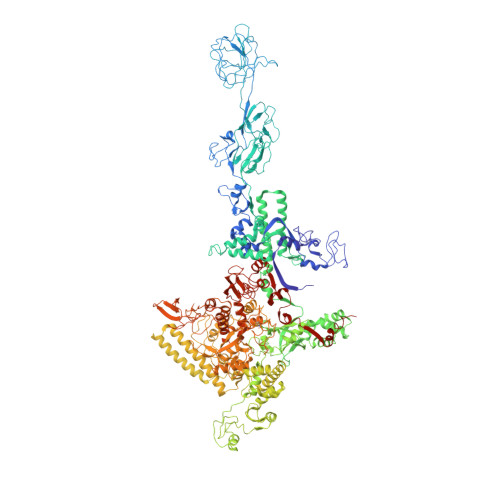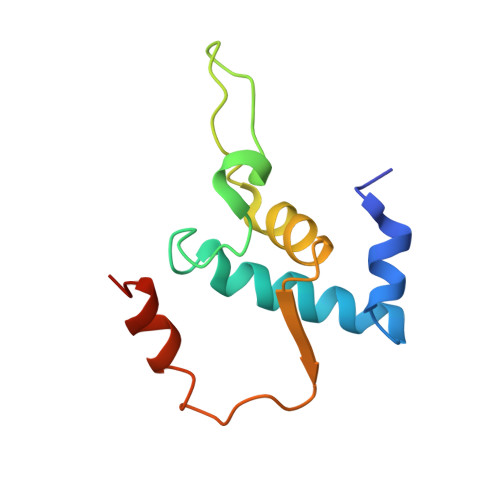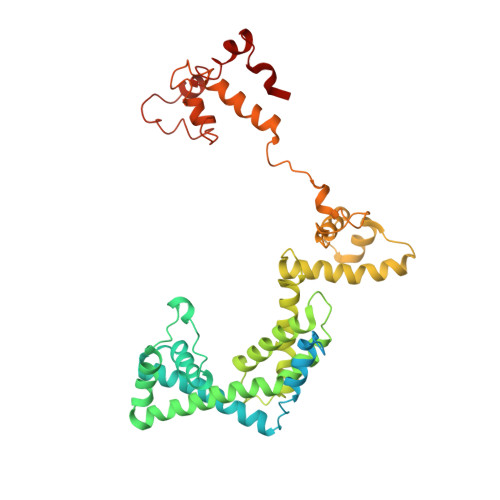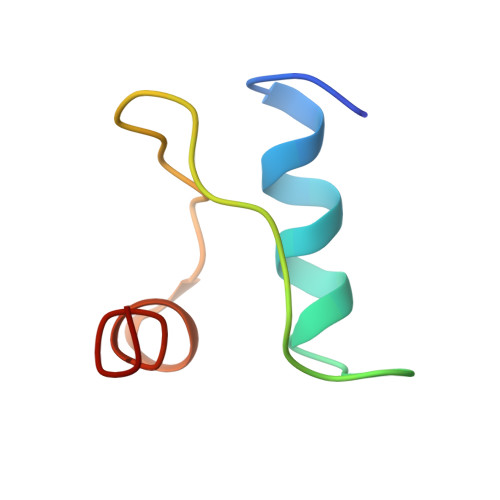On the validation of crystallographic symmetry and the quality of structures.
Wang, J.(2015) Protein Sci 24: 621-632
- PubMed: 25352397
- DOI: https://doi.org/10.1002/pro.2595
- Primary Citation of Related Structures:
5TMC, 5TMF - PubMed Abstract:
In 2008, Zwart and colleagues observed that the fraction of the structures deposited in the PDB alleged to have "pseudosymmetry" or "special noncrystallographic symmetry" (NCS) was about 6%, and that this percentage was rising annually. A few years later, Poon and colleagues found that 2% of all the crystal structures in the PDB belonged to higher symmetry space groups than those assigned to them. Here, I report an analysis of the X-ray diffraction data deposited for this class of structures, which shows that most of the "pseudosymmetry" and "special NCS" that has been reported is in fact true crystallographic symmetry (CS). This distinction is important because the credibility of crystal structures depends heavily on quality control statistics such as Rfree that are unreliable when they are computed incorrectly, which they often are when CS is misidentified as "special NCS" or "pseudosymmetry". When mistakes of this kind are made, artificially low values of Rfree can give unjustified confidence in the accuracy of the reported structures.
- Department of Molecular Biophysics and Biochemistry, Yale University, New Haven, Connecticut, 06520.
Organizational Affiliation:








